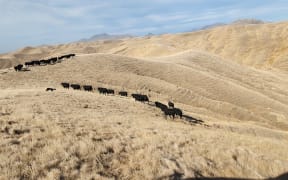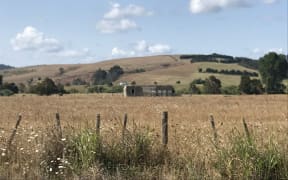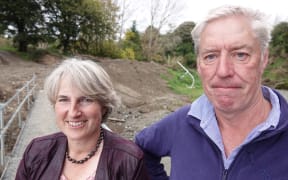By Georgie Hanafin
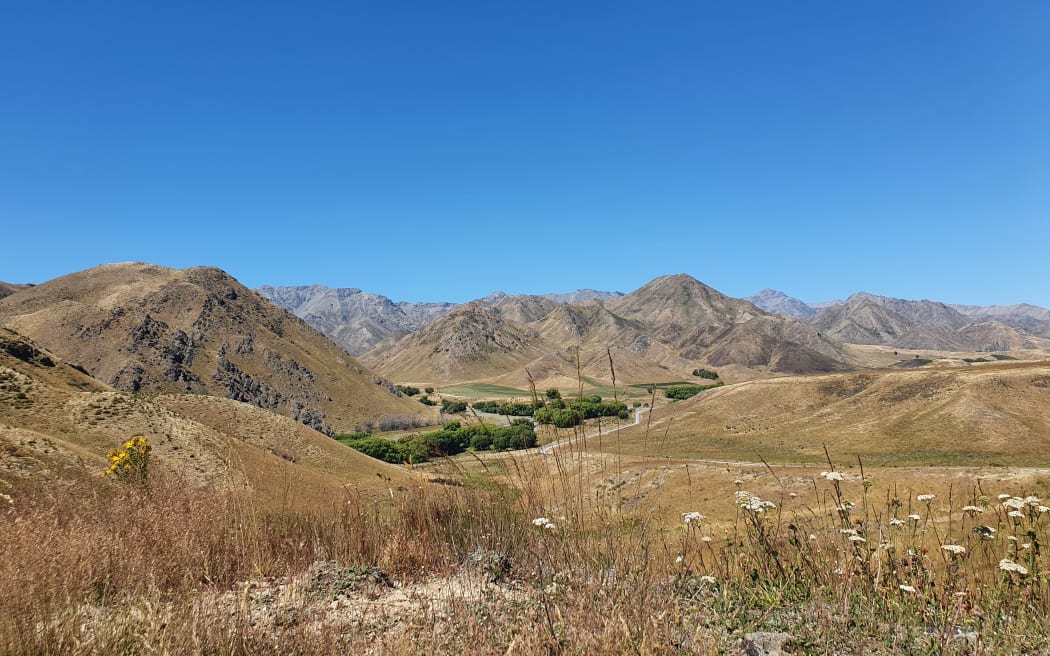
Awatere Valley (file image). Photo: RNZ/Sally Round
Parts of Marlborough are experiencing their driest six-month period since 1930, as farmers sell stock and try to cut costs.
The rural communities minister will visit the region on Monday to assess the worsening conditions, following last week's $20,000 government contribution to the Top of the South Rural Support Trust for farmers and growers in need.
Fourth-generation Marlborough farmer Warwick Lissaman is selling his 400 hectares in the Awatere Valley, where he farms sheep and cattle.
Lissaman, a Top of the South trustee, said the big dry had affected the number of stock on his farm.
"In my entire farming career, these are the lowest numbers of livestock I've had. That's how extreme this particular event is," he said.
"The animals that I've sold, I've sold for probably the lowest value per animal that I've sold for 15 years. You've got to sell a lot of animals to put money in the bank at the moment, and the loans you have from the bank are costing a lot of money."
The Ministry for Primary Industries (MPI) said conditions across Marlborough, Nelson and Tasman were extremely dry and likely to worsen in the coming months.
The top of the South Island was not in a meteorological drought, but government funding would ensure early support was available for farmers, growers and rural communities, MPI said.

Rural Communities Minister Mark Patterson. Photo: RNZ /Dom Thomas
Rural Communities Minister Mark Patterson said weather conditions were not forecast to improve any time soon.
"A medium-scale adverse event is the technical term, but for all intents and purposes, it's a drought," he said.
Patterson said the government was closely monitoring the situation and would consider further help, including tax deferments and more support for organisations like the rural trust.
"In some parts of Marlborough, it's the driest six-month period going back to 1930, they're saying it is seriously dry," he said.
"It's at that next level now where farmers have are having to get rid of stock, stock water is under pressure, they're having to feed out. That's taxing on the farmers and no immediate relief in sight."
Top of the South Rural Support Trust chairperson Richard Kempthorne said farmers were dealing with the mental challenge of dry conditions, as well as managing practical problems like dwindling grass growth and extra work feeding animals.
"Some streams that haven't dried up before that have now dried up. They are experiencing very dry conditions," he said.
The situation was particularly challenging for young farmers with more debt, Kempthorne said.
"Interest rates are a huge part of all farmers' budgets but banks are doing what they can. The sooner we can get rain and the sooner interest starts to come down and inflation comes down, they're the big factors that will make the most difference."
The trust gives practical assistance to farmers, as well as providing emotional support during tough times through counselling services.
Wine Marlborough general manager Marcus Pickens said the dry conditions were causing "vine stress" in the region, although irrigation had helped.
"Every extra day of irrigation we can get at the moment is a blessing. It's still needed to get the grape crop through to maturity. It really influences the size of the berries or the juiciness of the fruit. The fruit will continue to ripen but without water, they shrivel," he said.
"It is the driest period we've had from June to February in our entire history of weather records, which extend to about 90 years. It's a very long period of little rainfall."
Pickens said rain was also important after the harvest.
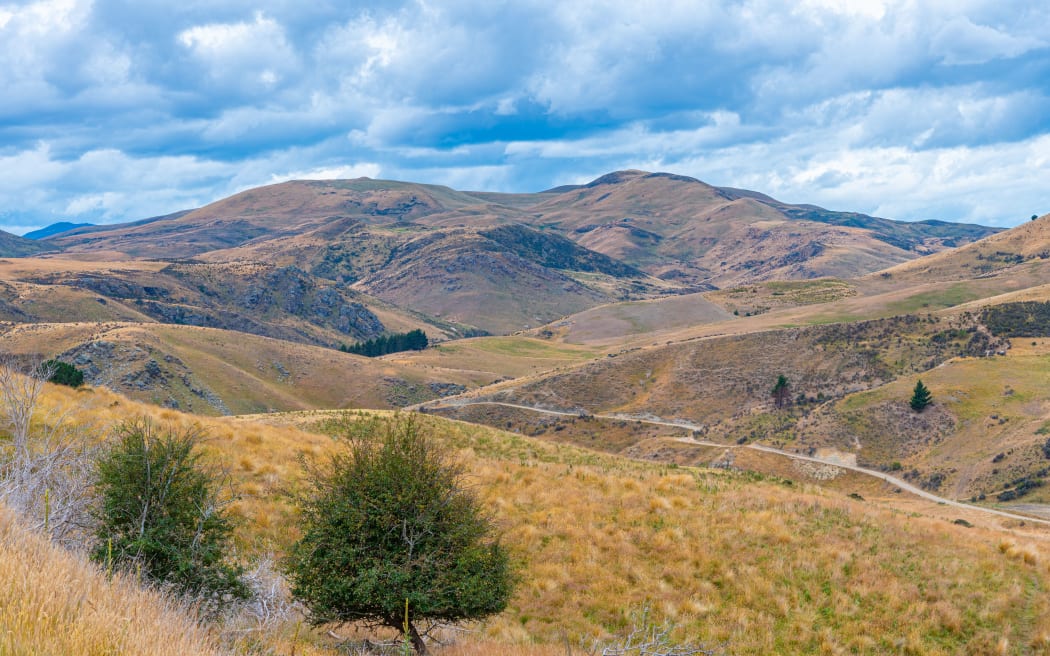
Otago was also dry, MPI says (file image). Photo: 123rf.com
"If there's no rain after that period then the canes we use to grow fruit from the following year can become quite brittle and not as optimal for the next harvest," he said.
National Institute of Water and Atmospheric Research's (NIWA) New Zealand Drought Index used scientific data that provided the thresholds to acknowledge the onset and duration of a meteorological drought.
MPI rural communities and farming support director Nick Story said the ministry had been working with farmers and growers across the country to prepare for the El Niño climate pattern.
"Farmers and growers are used to experiencing dry conditions in the summer months and prepare for this," he said.
"They are supported by advice and extension through industry bodies and rural professionals. We know many farmers have good amounts of pasture, and supplementary feed such as silage either on-hand and available to purchase, following good growing conditions during spring."
The driest regions were Northland, Wellington-Wairarapa, Tasman, Nelson, Marlborough, Canterbury, and parts of Manawatū-Whanganui and Otago, MPI said.
